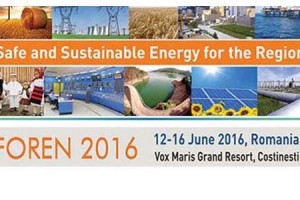
Researchers from MIT creates a new model of energy demand for the city of Boston
Boston have a new and powerful tool to plan its energy future thanks to the researchers from the MIT. It will allow the relevant authorities to take better decisions on the requirements of the energy growth of the city.
Christoph Reinhart, architecture associated teacher, and Carlos Cerezo, a PhD student in Building Technology, have developed an unprecedented energy model for the city’s buildings. This model estimates the gas and electricity demand of all buildings of Boston -almost 100.000 in total- per hour of each day of the year.
The major cities, as well as energy companies and general businesses – may reduce a building’s energy consumption through efficient measures such as reconversion or the installation of photo voltaic energy in the rooftop. However, to identify the more complete solutions, the energy systems (CHP) that serve said buildings, the constructions on the predictions on their requirements must be linked to combined energy and heating provision models.
The team in charge of it dedicated much time to the classification of all 92,000 buildings in the city in 48 different “archetypes” and 12 different categories of use (for example, residential or offices). The following assigned different characteristics for each archetype, taking into consideration what this represented in the heating and cooling consumption, energy consumption, thermostat configurations, and the structure of roofs and walls, etc.
This model represents a new path in the direction that leads to the creation of habitable spaces that respect the environment.













